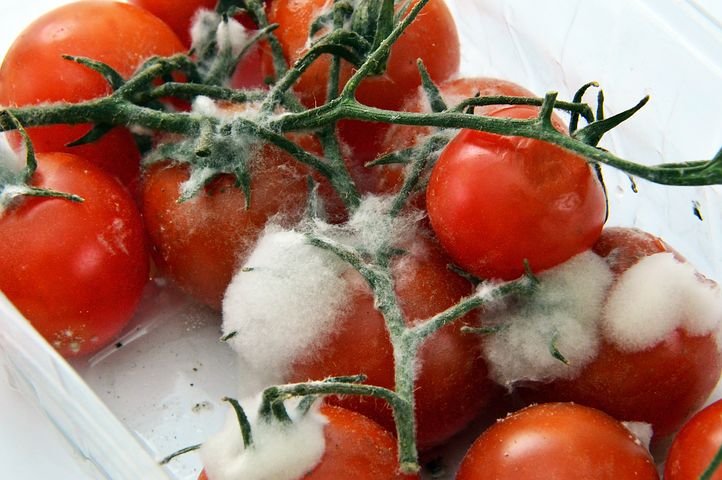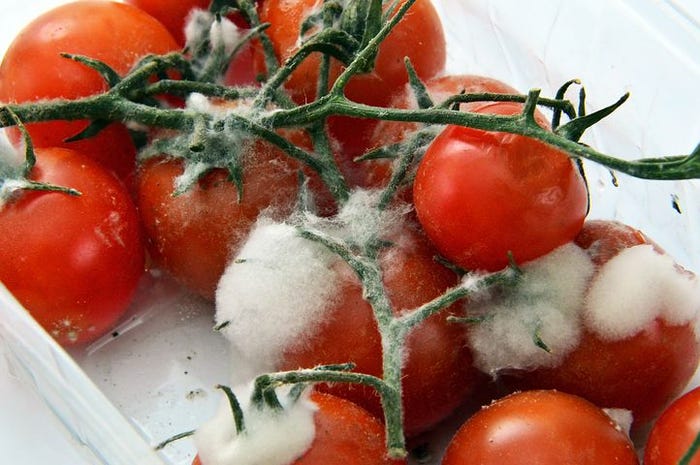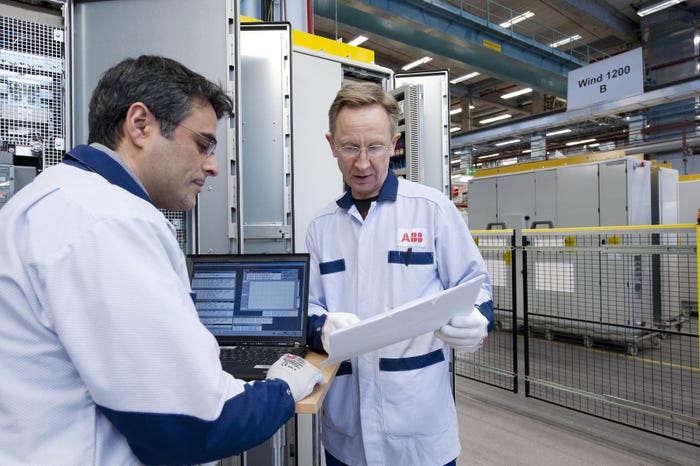Would You Like A Side Of Mold, Sir?
Data analytics can provide manufacturers with complete transparency across the production line, from raw materials to finished product, providing effective monitoring of product safety.

When former British Prime Minister, Theresa May, proclaimed that she wasn’t opposed to scraping off mold from the top of a jar of jam and eating the product underneath, it sparked a conversation about what moldy foods were safe to eat. On the whole, eating moldy food is not an advisable practice – mold is the scourge of the food industry with producers striving to deliver the freshest produce possible to their customers. However, the world of technology is rapidly advancing, with applications making their way into all areas of food production. These advances help manufacturers combat unnecessary food spoilage and waste.
|
Food spoilage is a severe safety hazard. Manufacturers strive to bring the freshest possible produce to customers in order to avoid hefty fines and a damaged reputation. (Image source: ABB) |
In an industry where the demands of the customer are ever evolving, it is hard for food manufacturers to keep up with the latest trends. This is where data analytics can come into play, giving a level of insight that is invaluable. The use of data analytics in marketing and customer insight is well known, but its uses can go far wider, helping food producers to keep their products at the pinnacle of quality and freshness.
Product Monitoring
Over the course of time, the quality and the characteristics of a product can change. Yet, by using integrated data analytics, manufacturers can learn more about the factors that affect the shelf life of their products. This information can then be used to adapt the product or process to increase shelf life, potentially saving the manufacturer money and time, as well as reducing food waste.
Data analytics also has its uses when maintaining and improving the quality of a consumable product. For instance, during the beer brewing process, monitoring alcohol levels is critical and is something that is regularly analyzed. However, it is a time-consuming process and can be disruptive to the production line. As a result, there are new methods coming into play that allow testing to be carried out without disrupting production and data analytics is being used to measure whether these methods are as insightful and effective as the traditional wet chemistry method.
Monitoring product conditions is also vital for food safety. Keeping food cold is important to ensure its safety and quality, as well as to extend its shelf life. Failure to provide the necessary temperature conditions for a food item has a direct influence on the product, which can be hazardous to consumers. For example, inadequate chilling of cooked meat or failure to maintain the cold chain can lead to microbiological growth, making the product no longer safe for consumption.
Tracking And Traceability
Traceability is the ability to track food through all stages of production, processing and distribution. Most legislation requires producers to be able to trace products one step backwards and one step forwards, at any point in the supply chain. However, it is good practice for a food and beverage producer to trace every single ingredient throughout the whole of their supply chain.
Monitoring and analysis in the food and beverage industry is vital — customers demand that their favorite product tastes the same no matter where they are in the world or where it was manufactured or packaged. The process requires strict control and repeatable standard solutions that can be rolled out across multiple production sites.
|
Data analytics can provide manufacturers with complete transparency over the whole production line, allowing supreme monitoring of product safety. (Image source: ABB) |
Manufacturing Execution System (MES) services offer wide visibility into the complete end-to-end process, from incoming raw materials to the finished shipped product. The MES incorporates functions such as equipment maintenance management, genealogy tracking from raw material as well as material tracing and tracking management. All these features are designed to support food and beverage manufacturers maximize the performance of their plant.
So, even if your customers tastes are as strange as Teresa May’s, by incorporating rigorous monitoring and data analysis across your manufacturing facility, you can be sure that your product is at its very best when it reaches the customer.
Tatjana Milenovic is group VP of ABB’s Food & Beverage. She has over fifteen years’ experience in regulated industries and a wide understanding of automation, robotics and digitalization.
Engineering the Future, by Design Pacific Design & Manufacturing is the West coast's leading trade show for design engineers offering the latest in 3D printing, automation, and CAD/CAM software from igus, Protolabs, and Smalley and hundreds more. Register now! |
About the Author(s)
You May Also Like






